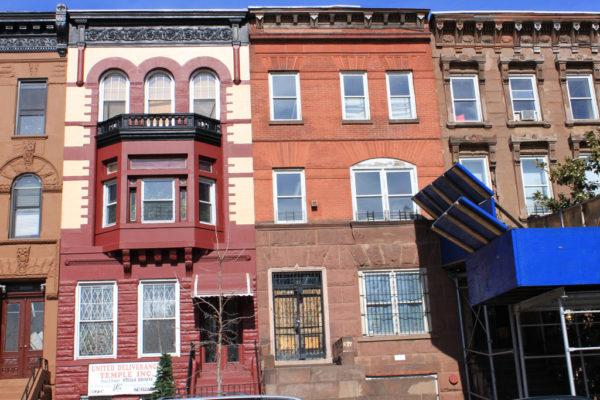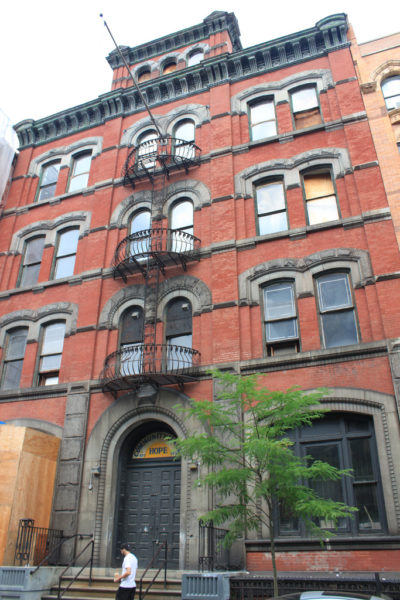Public School 72
The school displays the range of sharply articulated detailing and angular ornament characteristic of the neo-Grec style, is an excellent example of that style as it was used in New York public school design during the late 1870s and 1880s. The building continued in use as a public school until 1975, when it was closed […]

